Top 11 Best Learning Management System (LMS) Software
A learning management system, also known as LMS software, allows for the administration, tracking, reporting, delivery and documentation of electronic educational technology. Anytime you’re using an e-learning course a training program, you are utilizing a learning management system.
Colleges and universities are utilizing the software as well as school districts in an effort to make it easier for students to learn via the Internet. You don’t need to go to a physical building to enhance your education, and this is a way to augment the lessons of a teacher. In essence, this is not meant to replace schooling as we know it, but enhance it through the usage of the Internet.
Corporate training programs and departments are utilizing this “online way” to educate their employees.
While this concept may be rather new, it has been out well over a decade and is continually being advanced. As technology increases, data storage becomes cheaper and Internet speeds increase. This has allowed the online learning system to develop into a whole new environment. But this is not the actual material that is being consumed by the learner – it’s just the system that delivers the content.
How Learning Management Systems Work
Learning management software works by dividing users into different roles. A good example would be:
- Course teachers would be sub-administrators.
- Students would be learners.
Of course, in a corporate environment, the boss or owner may have a super administrator role wherein they can view all of the reports and data in its entirety on the system. What does this all mean? Depending on the role, different functionality may be offered.
This is what allows a student to view content, and a teacher to create the content.
And there’s an appropriate backend that allows for all of this to occur. The learning management system allows users to login, and will determine the credentials based on the information inside of the database.
A brief overview of how this works is:
- A teacher creates a course.
- A teacher will add content to the course, such as:
- Syllabus
- Homework assignments
- Research assignments
- Scanned handouts
- Online videos
- The system then allows the teacher to add students. This is normally done in an automated fashion utilizing an institute’s database, but this can also be done through a simple sign-up procedure with approval.
The content has been added, and now the student will sign up for the course and login through the portal. The LMS software will then verify the credentials, and display all of the teacher’s content that is in their course.
But a learning management system is obviously far more complex than this. Its complexity depends on the actual features that are included (we’ll be discussing this in the next section), but the most common features include.
Learning Management Software Features and Benefits
Every learning management system is different, and the features that I’m going to list may vary depending on what system you are currently utilizing. A few of the most common features are:
- Content Delivery: The content delivery feature is, essentially, how all of the content that the course creator creates is viewed by the user. A good example of this would be a homepage for the course wherein you can see the syllabus, and navigate through all the course sections appropriately.
- Collaboration: Advanced systems now use cloud technology to make course collaboration easier. Administrators can get together and collaborate on a course, or students can work in groups right online in real time to collaborate on a project. Collaboration allows for team members of a corporation or group members of a Latin class to work together, for example. Collaboration may also offer:
- Email functionality or instant messaging.
- Real-time collaboration through documents, spreadsheets and other methods.
- Progress Tracking: The amount of functionality that tracking offers truly depends on the learning management system. A system may allow:
- Course providers to track each student’s progress accordingly.
- Students to be able to see how much of the course they’ve completed, and their grades.
- Managers to view groups or teams, and see who has and hasn’t completed a course.
- Assignments: The ability to add assignments is included in virtually every LMS software. This will allow you to assign a project or a task for homework, or set a deadline. If a corporation wants to check the progress of their IT department taking a new class, they can do this all through assignment tracking. Assignments are tasks that must be completed before a course has been satisfied.
- Practice Exams: Students and learners need to test their knowledge from time to time. Practice exams will be provided, and this will allow you to add in different tests, and may even have an automatic grading system based on multiple-choice questions. This ensures that those using the system fully understand the subject being presented, and makes it easier for teachers to judge their students’ success.
- Exams: Grades may be ultimately determined through final exams. These are tests that will take place via the Internet, and they work just like practice exams, but they represent a portion of your final grade or passing of the course.
- Reporting: Robust reporting solutions are very important. This allows instructors to see who is currently partaking in live training, and it also allows for higher-ups in the business to have a general overview of what is occurring within their organization’s online learning system.
Interestingly, learning management systems have evolved greatly. While they were once only used for institutions, they now have other benefits offered. A good example of this would be a marketer who wants to teach others how to market their business online. This would be easily done in person, but the amount of people that can attend an in-person course is rather limited. It would be much better to conduct this course online, right?
LMS software, at least some of the software available, does allow for courses to be sold right online. Think of this as an e-commerce solution wherein you can sell a course to students. They would gain all of the following:
- Registration access to your course.
- All the content that is provided in the course.
- Reporting on their success during the course.
- Certification or other documentation that they have completed your course (if necessary).
You’ll also be able to utilize learning management software that has:
- Your company’s branding and logo
- Automation and security
- The ability to sell courses
- Organization methods for training wherein courses need to be taken in a group or in a certain order
- Several different training languages
- Unlimited support options
- Control account access
- Mobile training
- Reporting
- Unlimited content
It’s a lot like a content management system that you would see on a website. But these systems are geared towards learning and education. In simple terms, this is a way for any educational material to be presented to a group of people with ease. You upload the content once, update it when necessary, and offer a registration process that is perfect for you.
You might even offer open registration.
In the business world, LMS software has many different applications. Instead of a manager continually training each and every employee that walks into a factory, training can be done right through the learning management system.
- The manager would create a thorough course.
- All new trainees would be registered for the course.
- Trainees would go through the course accordingly, and they may even have to go through a series of courses in a particular order.
- The manager will update the information when necessary, and will have an overview of how each trainee is doing.
- Trainees will take tests, follow syllabuses and be able to check on their progress for training.
- Owners, managers and any other personnel can view each trainee’s progress as they move through the course criteria.
It’s a lot faster to utilize a learning management system, and it is all done through computer technology. Users will find that it is much more convenient and robust than a teacher and student environment in person. It’s also much more convenient in terms of progressing on your own time schedule. These courses can be completed at any time during the day or night, and there can be limits put in place by the course creator.
Learning management systems and LMS software are advancing at rapid paces, and many of the world’s biggest universities and companies are starting to use this software in their institutes.
Top 11 Best Learning Management System (LMS) Software:
LITMOS
Deliver training anytime, anywhere with our easy to use learning management system, pre-built courses, and e-learning solutions. Start a free trial today.
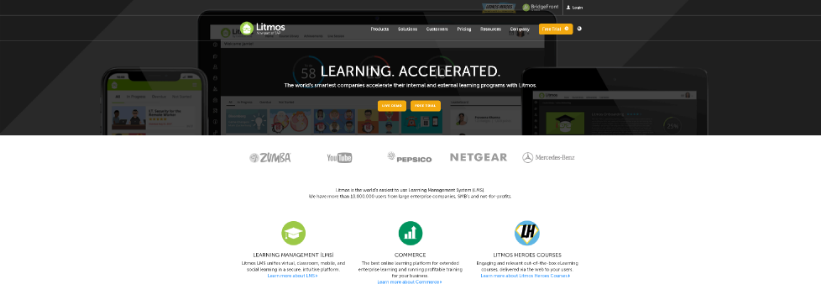
LITMOS
EASY-LMS
Easy-lms online LMS is simple and easy to use. For student as well as for the administrators. With our saas LMS it’s easy to start, which makes it more fun.

EASY-LMS
TALENTLMS
Create online courses on our cloud based LMS & easy to use eLearning platform. TalentLMS is a SaaS training vendor that makes eLearning awesome. Join for free!
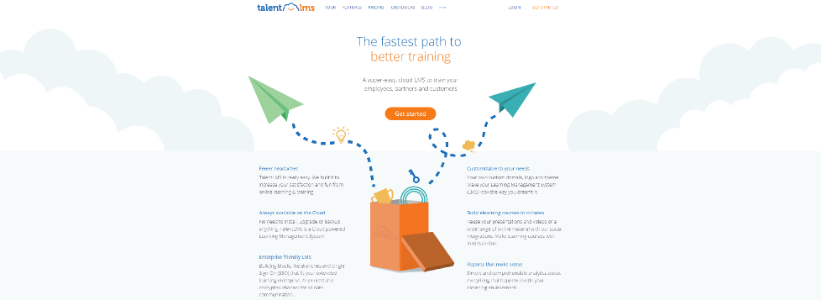
TALENTLMS
DOCEBO
Docebo Learning Management System is the best cloud LMS system on the market for online training. AICC SCORM xAPI compliant. Mobile elearning platform.
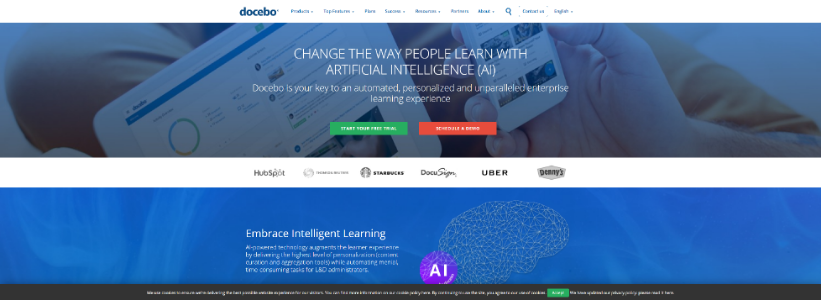
DOCEBO
SKYPREP
Award-winning online training software used for employee and customer training . SkyPrep is the most easy to use learning management system on the market.

SKYPREP
PAGEUPPEOPLE
PageUp Learning Management you will be able to connect every part of your employee’s career journey, and for an even more rounded experience, you can integrate it with the rest of your talent management solution so you’re engaged in every aspect of your employee’s work cycle.
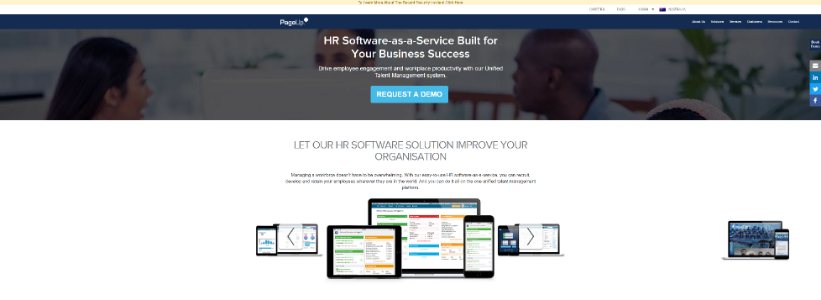
PAGEUPPEOPLE
MOODLE
Moodle allows educators, of any kind, to create a private space online, filled with tools that easily create courses and activities, all optimised for collaborative learning.

MOODLE
INSTRUCTURE
Instructure makes software that makes smarter people. Products include Canvas LMS, Bridge and Canvas Network.

INSTRUCTURE
EDMODO
Edmodo is an easy way to get your students connected so they can safely collaborate, get and stay organized, and access assignments, grades, and school messages.

EDMODO
OPEN.EDX
Open edX is the open source platform that powers edX courses. All edX code is freely available to the developer community. Institutions can host their own instances of Open edX and offer their own classes.
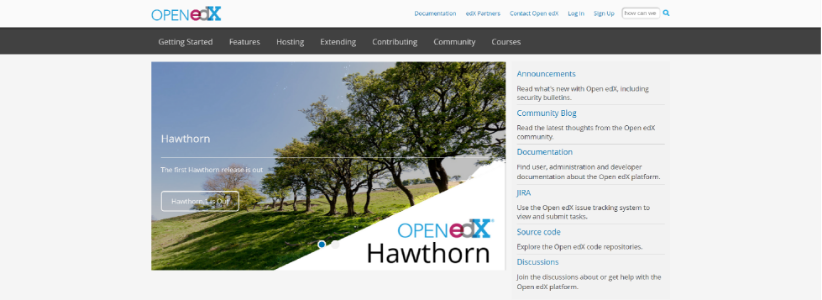
OPEN.EDX
TEACHABLE
Create and sell beautiful online courses with the platform used by the best online entrepreneurs to sell $100m+ to over 4 million students worldwide.

TEACHABLE
Personal contact info – slikgepotenuz@gmail.com
Permanent Address :- Montville, NJ
CEO and co-founder at Cloudsmallbusinessservice.com